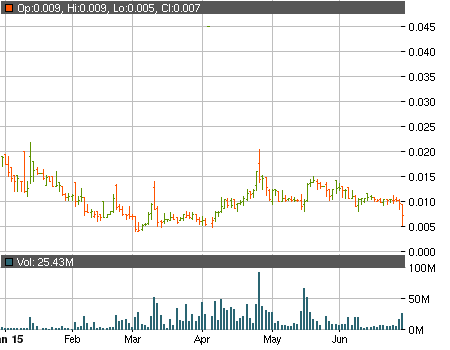What is accounts receivable management?

It automates processes from invoicing to collections, offering scalability for growing businesses. Its cloud-based architecture ensures accessibility and real-time data updates. Renowned for its flexibility, Salesforce offers a suite of tools for account receivable management. Its automation capabilities span invoice creation, payment tracking, and customer communication. Integration with financial tools enhances its functionality, making it suitable for businesses of various sizes. Accounts Receivable (AR) Management is the strategic practice of securing client payments within an established period of time.
We provide third-party links as a convenience and for informational purposes only. Intuit does not endorse or approve these products and services, or the opinions of these corporations or organizations or individuals. Intuit accepts no responsibility for the accuracy, legality, or content on these sites. Find the best GnuCash alternatives to suit your personal or business needs. Maintaining clear and well-documented billing procedures enhances efficiency and consistency account for withholding tax on sales invoices within your business operations. Bill Detwiler is Senior Communications Strategist and Editor of the Celonis blog.
By offering a range of payment options, you enhance convenience for your customers, eliminating the need for them to disrupt their daily routines to fulfill payment obligations. Secondly, pay attention to the tone of your communication when sending invoices. Maintain a clear, concise, and polite approach in both the cost of production report cpr invoice content and accompanying email communication.
Payroll Tax: What It Is, How to Calculate It
Best-in-class companies have an Accounts Receivable Turnover Ratio of 57, with average businesses seeing a ratio of only 15. Leading organizations have an Average Days Delinquent number of 8 days, while average companies have a number more than 3x that at 29.9 days. One of the best ways to streamline receivable management is to automate it. It will help you manage global nuances, get accurate insights into customer behavior, and benefit from differentiated functionalities for timely and speedy collections. In B2B transactions, particularly those involving deferred payments, maintaining high-quality standards is essential.
Measuring the effectiveness of your AR management
Because we’ve decided that the invoice you sent Keith is uncollectible, he no longer owes you that $500. Simply getting on the phone with a client and reminding them about unpaid invoices can often be enough to get them to pay. Sending email reminders at regular intervals—say, after 15, 30, 45, and 60 days—can also help jog your customers’ memory. When Keith gets your invoice, he’ll record it as an accounts payable in his general ledger, because it’s money he has to pay someone else.
Coming to some kind of journal entry for depreciation agreement with the customer is almost always the less time-consuming, less expensive option. Many companies will stop delivering services or goods to a customer if they have bills that are more than 120, 90, or even 60 days due. Cutting a customer off in this way can signal that you’re serious about getting paid.
How the accounts receivable (A/R) process works
The main objective of accounts receivable management is to ensure the timely collection of payments for goods or services provided to customers. This is crucial for maintaining a positive cash flow for small businesses. Good AR management practices can minimize bad debts, reduce the number of overdue payments, and improve cash flow. When evaluating accounts receivable automation software, businesses should look for options that reduce the manual efforts involved in managing unpaid invoices, late payments, and bad debts. It should automate tasks such as sending payment reminders, generating invoices, and facilitating online and digital payments.
Impeded collaboration due to data fragmentation
- Here are some accounts receivable management techniques that will help you address each element of AR and gain comprehensive control over the process.
- Keeping track of exactly who’s behind on which payments can get tricky if you have many different customers.
- Maintaining clear and well-documented billing procedures enhances efficiency and consistency within your business operations.
- The balance of money due to a business for goods or services provided or used but not yet paid for by customers is known as Accounts Receivable.
- This ratio tells you how many times you’re collecting your average accounts receivable balance.
During the month-end close process, your finance team will check that they’ve recorded all transactions and put the closing balance of all general ledger accounts into a report (a trial balance). This allows you to put together financial statements for that period to report to the rest of the company. When customers pay less than what they owe, receive a cash discount they aren’t entitled to or receive a higher cash discount than they should, you have an underpayments problem. Part of Accounts Receivable’s job is to ensure that customers always pay the full invoice amount and stop customers from receiving incorrect cash discounts. An EMS gives AR organizations full visibility into which customers aren’t paying their full invoices and allows them to reclaim missing payments and unjustified cash discounts.
Effective accounts receivable management is crucial for maintaining a healthy cash flow and minimizing the risk of bad debt. Part of that is getting paid online, which helps businesses run smoother and more efficiently. Accounting software with built-in features for accepting digital payments, like QuickBooks Online, makes it easier to manage accounts receivables.
